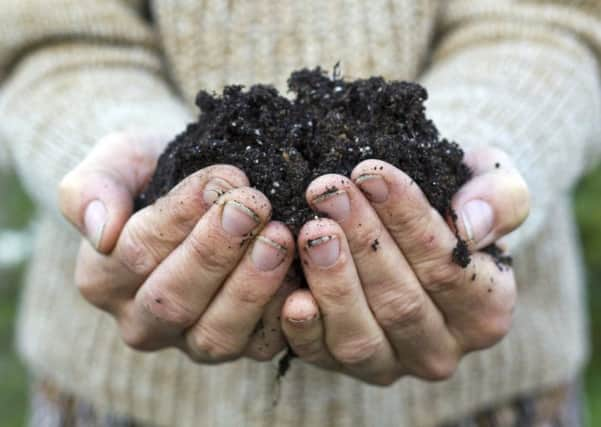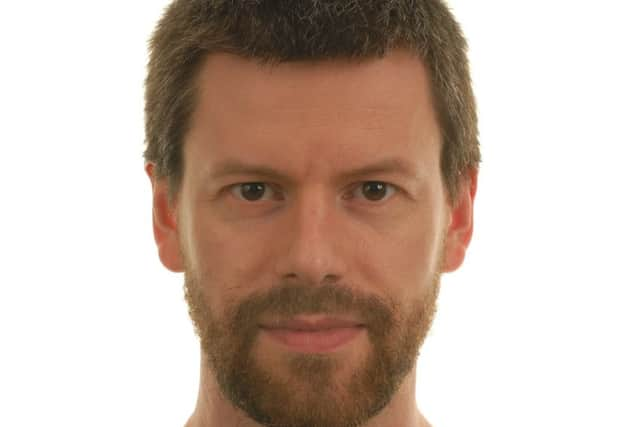Dr Matt Aitkenhead and Dr Cathy Hawes: Healthy, fertile soil is vital for us and the planet


This assumption is wrong. In Scotland alone, an area the size of Dunfermline is built over every year, often on the most fertile soils. Also, erosion and compaction damage and affect what is left of our best soils.
Soils in many developing countries are an even bigger part of their economies for food and other basic needs. A month ago, soil scientists across the world joined their voices to celebrate World Soil Day, a global opportunity to reflect on the importance of soils in our everyday lives.
Advertisement
Hide AdAdvertisement
Hide AdWhen treated well, soil stays fertile, but how do farmers know how to take care it?


Experience gained from years of working the land is important. Some knowledge comes as advice from other farmers, and some comes from scientists researching ways to work the land, such as colleagues at the James Hutton Institute and other organisations across the world. Our understanding is constantly improving, and advice changes based on this.
Soil carbon lies at the core of soil health and fertility and is vital for climate change mitigation. The Paris climate change conference ‘4 per 1000’ initiative aims to satisfy two goals at once, improving the soil and reducing greenhouse gases by moving carbon from one to the other.
The aim is to increase carbon stored in the soil by 0.4 per cent per year, which is no easy task. Scientists are hunting for soil management options that accomplish this, and are also looking at ways of communicating this information to farmers.
This means we need take less carbon from our cropping and livestock systems in the form of products and share the plant-derived carbon with the soil. It is a long-term gain and sometimes seems difficult to explain.


However, think of soil carbon as the natural capital you must borrow from. Sometimes you need to replenish the capital so that you can extract interest at a sustainable level.
Identifying the options that provide the best balance of sustainable soil management and farm income is a big research area. The only real way to do this is to try different types of management for several years, to get reliable data on the effects they have. Several UK research organisations are engaged in these long-term experiments.
The James Hutton Institute’s Centre for Sustainable Cropping explores the effects of an integrated management system on the whole arable ecosystem, including soil health. This includes conservation tillage, cover cropping and carbon additions to the soil in the form of municipal green waste compost and straw.
Advertisement
Hide AdAdvertisement
Hide AdWe are monitoring how this affects plant root growth through the soil, as well as the availability of plant nutrients and the activity of organisms like earthworms that help with decomposition and carbon and nutrient cycling. Improved soil health would allow us to reduce the application of agrochemicals to the crops and soil.
We are also working on several projects looking at the relationships between soil carbon, climate change and land management. Work on peatland restoration aims to identify ways to stop carbon loss from drained peatlands. We are also looking at ways to reduce compaction and erosion on agricultural land, and natural flood management methods that increase soil carbon. We need a long-term perspective for soils. A healthy living, breathing, fertile soil takes many decadesm, if not centuries, to grow and nurture but it can be damaged in just a few days. We celebrate it for one day on World Soils Day but need to practise better soil management every day to protect all our futures. See www.hutton.ac.uk for more information.
Dr Matt Aitkenhead is a soil scientist at the James Hutton Institute and he worked on this article with fellow Hutton Institute scientist Dr Cathy Hawes.